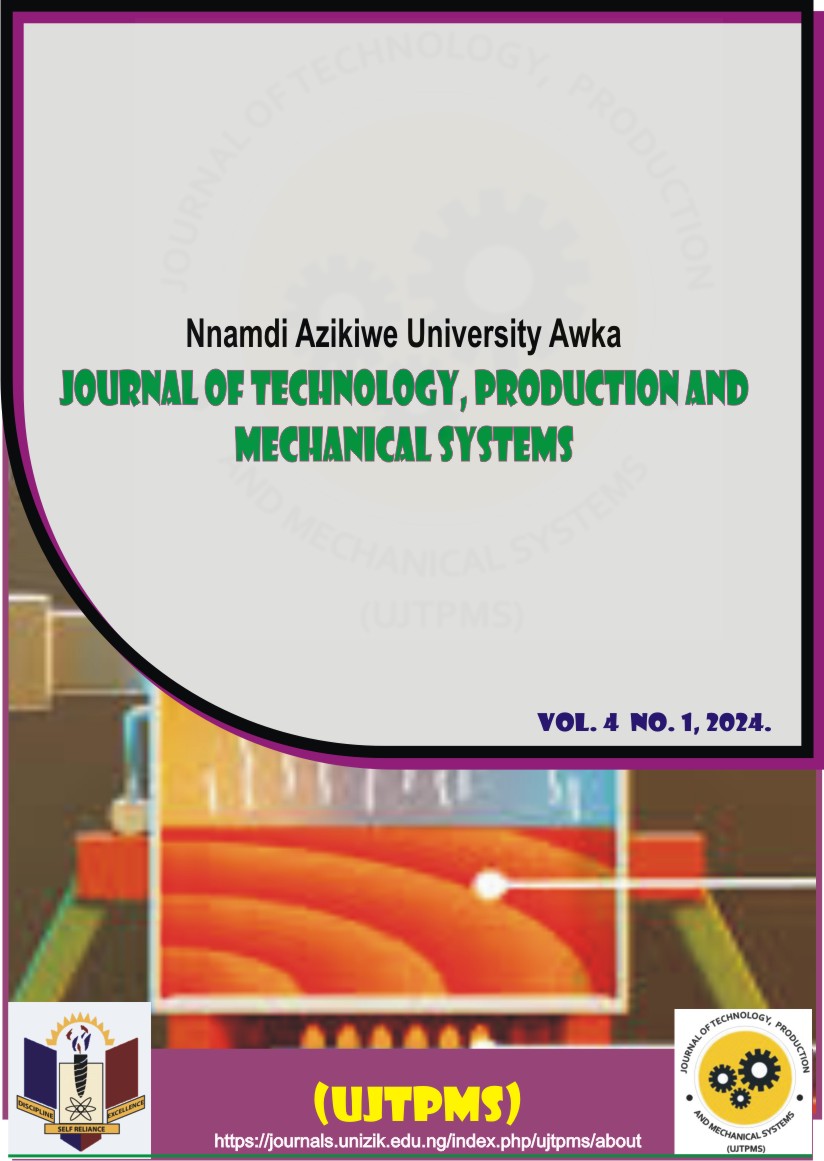Design and fabrication of a domestic vacuum cleaner: an engineering approach to airflow and particle entrapment
Keywords:
Vacuum cleaner design, airflow analysis, particle entrapment, filtration efficiency, fabrication processAbstract
This project focuses on the design and fabrication of a domestic vacuum cleaner. The design process involved selecting key components, including the motor, fan, filter, and housing materials, and calculating essential parameters such as flow velocity, Reynolds number, and volume flow rate. The analysis considered factors like pressure drops, hose length, and filtration efficiency. Seasonal variations, rug texture, and dust density (1.172 kg/m³ at 27°C) were factored into the design, with careful consideration of the maximum particle size to be captured. The project comprised three stages: working drawing, performance analysis/design, and actual fabrication. Assumptions were made for ideal airflow conditions. The final vacuum cleaner, constructed with a PVC hose, plywood housing, and a 1100 RPM motor, demonstrated effective dust collection. Recommendations were made to improve noise reduction, durability, and performance through material and design enhancements
Downloads
Published
Issue
Section
License
Copyright (c) 2024 @Authors

This work is licensed under a Creative Commons Attribution-NonCommercial 4.0 International License.






